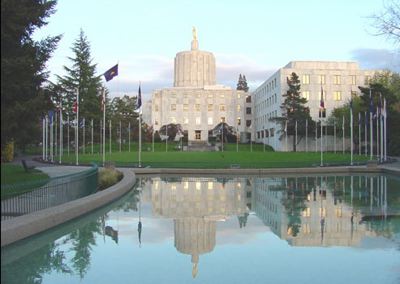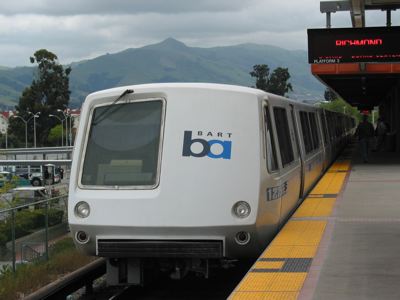The Christian Science Monitor has another puff piece about streetcars and how Portland’s streetcar attracted “around $2.5 billion” worth of development. I don’t need to repeat again that this development was really attracted by other subsidies.
The article quotes Urban Land Institute researcher Robert Dunphy, who says that streetcars are not transportation but “amenities.” The article says that “most streetcars operating today — with the exception of those in larger cities such as Portland or San Francisco — fall into that category.”
But San Francisco doesn’t have any streetcars (unless you count cable cars, which are quite a different beast) and Portland’s streetcar is clearly an amenity. I suspect the writer is confusing streetcars and light rail. Another recent article about the wasteful San Jose BART extension confused light rail with commuter rail.









